Thanks for your patience yesterday when the website was down. If you did miss logging your points , go ahead and do it today and in the comments area just put the date!
From seeing the pics on our Facebook page, lots of us are trying new recipes and really finding joy in learning to prepare meals to meet the requirements of the challenge. But if you are feeling overwhelmed by food during the Challenge Or, maybe worse, feeling bored.
Here are five tips to jump-start your culinary success.
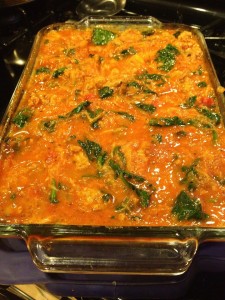
1. Focus on what you can have. When someone says, “Don’t eat gluten,” the first thing you think about eating is bread or pasta. Instead, create a system to help you focus on what you can have. Create a page with five columns. Label them Protein (this one includes meats, eggs, nuts, and seeds, plus beans if you’re eating them), Veggies, Fruits, Fats, and Cuisine. Now, in each of those columns, make a list of specific items you know you like or have wanted to try. When you feel stuck for meals, go back to the list, and ask yourself (or ask Google), “How do I combine chicken and broccoli to make Paleo (or Paleo-ish) Thai food?” Of course, you still have to read ingredients on sauces to find ones that are legit for the Challenge, but the list should help keep you focusing on what is available to you.
2. Get the best quality of the food you can have. When you aren’t drowning your vegetables in dairy or smothering your meat in sugary sauce, quality matters more.
You do pay more for quality, but you are saving money by not buying wine and brie and, well, Cheetos during the challenge, right?
3. Use appropriate kitchen tools. Pull out that slow cooker gathering dust in your cabinet, and put it to good use. Before you leave for work, add 2-3 pounds of meat (roasts work well); chopped onion plus other mild veggies; a cup of broth, coconut milk, or tomato sauce; whatever spices make sense; and salt to your slow cooker. (For the best flavor, sear the meat in two tablespoons of fat on medium-high heat on each side for four minutes before adding it to the slow cooker, but that’s not essential.) Don’t fill the slow cooker more than 2/3 full. Turn it on low. When you get home eight to ten hours later, you should have amazingly tender meat and a delicious sauce. Your vegetables will be really soft, but they, too, should taste good. Dinner’s on! It’s like being your own housewife.
4. Spice liberally. People complain about creating boring, bland meals because they are afraid of spices. The world’s best cuisines—Indian, Thai, Italian, etc.—create lots of flavor by the volume and variety of spices they use. With the exception of hot peppers, if you smell the spices as you cook and think about what will taste good, it’s unlikely you’re going to add spices to your food that will make it inedible. More likely, you’re going to add spices and discover a world of amazing flavors. Here’s a basic guide to which spices to use when. If individual spices scare you, get a few good spice blends to use. Penzeys Spices is a great place to find spices. Try their Fox Point seasoning, which has no dairy (and is Challenge compliant) but gives a rich, savory flavor somehow reminiscent of dairy. Oh, and salt makes a world of difference, too. A general rule of thumb is to use about a teaspoon of salt per pound of raw meat. Salt doesn’t just make food salty; it also elevates our ability to taste the other flavors in a meal.
5. Prepare for leftovers. The whole “If you fail to prepare, you’re preparing to fail” axiom is certainly true in this Challenge. To make sure that you have meals easily available when you’re exhausted or sick, I recommend that you create homemade tv dinners well before you need them. When you make a meal, make more than you need. But don’t just stick those leftovers in the fridge to rot. Instead, divide them out into single-serving, meal-size portions, put them in Tupperware, and stick on reusable labels with the title of what you ate. (You can get erasable labels at The Container Store, among other places.) Then freeze the containers until you want the food, up to several months.
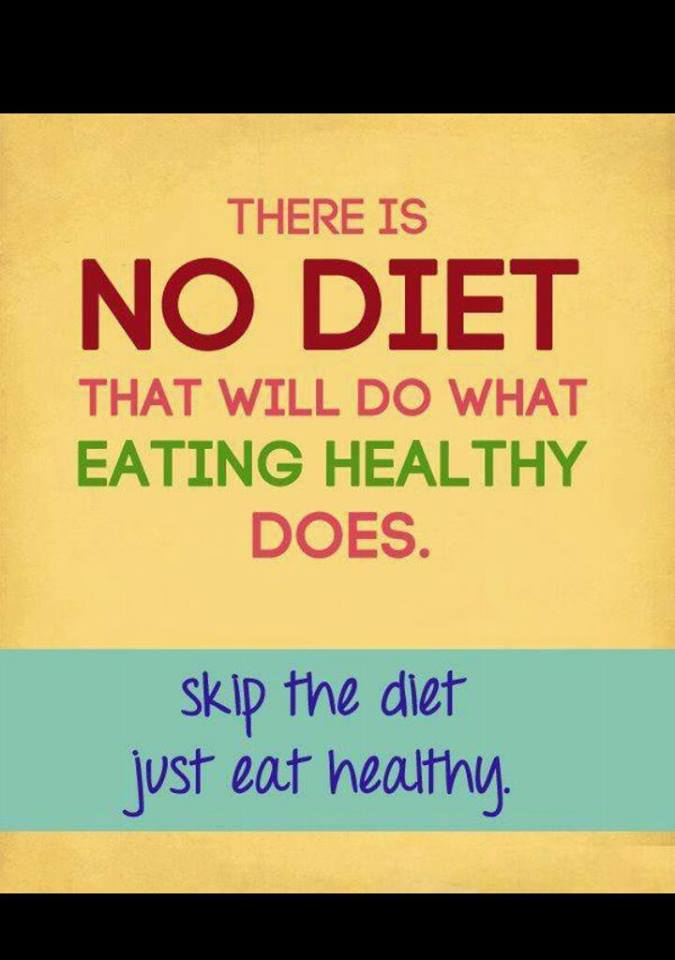 This week I have spoken with a few of you about how things are going. I can see changes happening – not only physically but mentally. I am not the only one that sees them either- others at the gym are noticing, and I guarantee your family is noticing even if they don’t tell you. But more importantly – the pride and energy you feel for your own accomplishments can not be discounted.
This week I have spoken with a few of you about how things are going. I can see changes happening – not only physically but mentally. I am not the only one that sees them either- others at the gym are noticing, and I guarantee your family is noticing even if they don’t tell you. But more importantly – the pride and energy you feel for your own accomplishments can not be discounted.
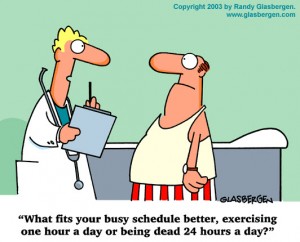
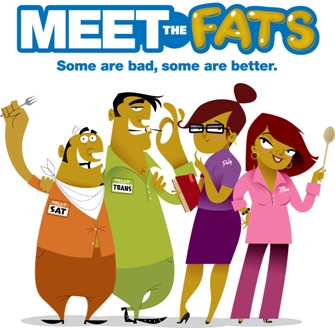
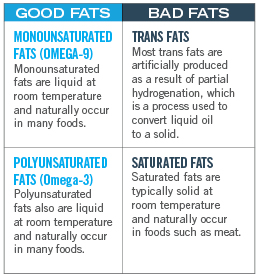 When choosing which fats to consume or cook in, you want to consider that there are good fats that you may not be using or are still a little afraid of. There are lots of good reasons to eat saturated fats:
When choosing which fats to consume or cook in, you want to consider that there are good fats that you may not be using or are still a little afraid of. There are lots of good reasons to eat saturated fats:

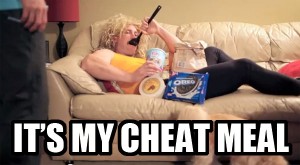 Now, let’s talk about that cheat meal that is part of the program this week. You can choose to have a cheat meal – one meal during the week where you aren’t restricted by the challenge rules. You can still claim your three points for that day –and go on your merry way. I want you to do a few things for me though before you have it —
Now, let’s talk about that cheat meal that is part of the program this week. You can choose to have a cheat meal – one meal during the week where you aren’t restricted by the challenge rules. You can still claim your three points for that day –and go on your merry way. I want you to do a few things for me though before you have it —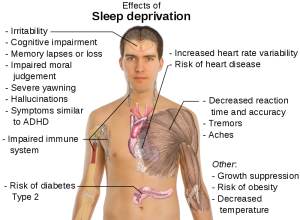
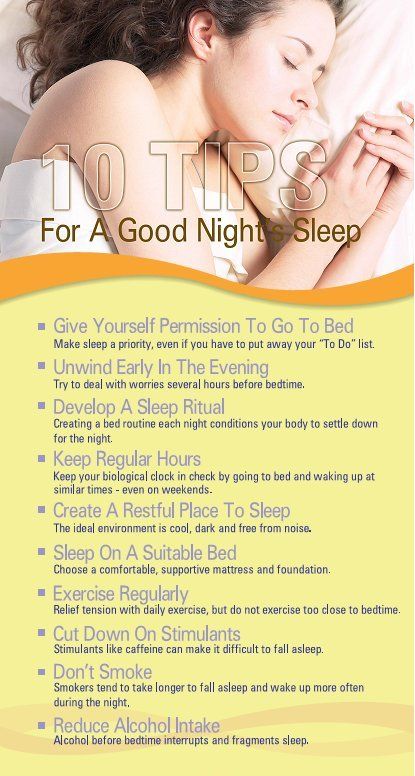
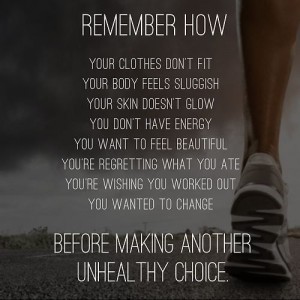 If you aren’t seeing changes, I will ask you to take an honest look at how you are approaching the challenge. Are you serious about learning new paths towards wellness? Are you making excuses for choices that go against your commitment? Do you really want it?
If you aren’t seeing changes, I will ask you to take an honest look at how you are approaching the challenge. Are you serious about learning new paths towards wellness? Are you making excuses for choices that go against your commitment? Do you really want it? Get at least 7 hours sleep per night. If you sleep less than 7 you must accrue 7 before day is over.
Get at least 7 hours sleep per night. If you sleep less than 7 you must accrue 7 before day is over.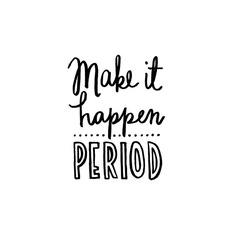 Weekends are tough right? You go out, spend time outdoors, with the family — maybe grab a bite to eat, eat a hamburger, and drink a beer. But during the challenge, we will have to find something else to do. What do you do instead? Will some of you decide to be home bodies and restrict your ability to go out because of the restrictions of the challenge.
Weekends are tough right? You go out, spend time outdoors, with the family — maybe grab a bite to eat, eat a hamburger, and drink a beer. But during the challenge, we will have to find something else to do. What do you do instead? Will some of you decide to be home bodies and restrict your ability to go out because of the restrictions of the challenge.
